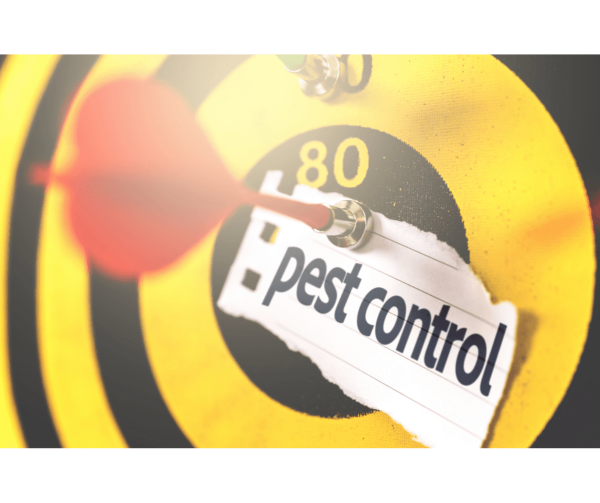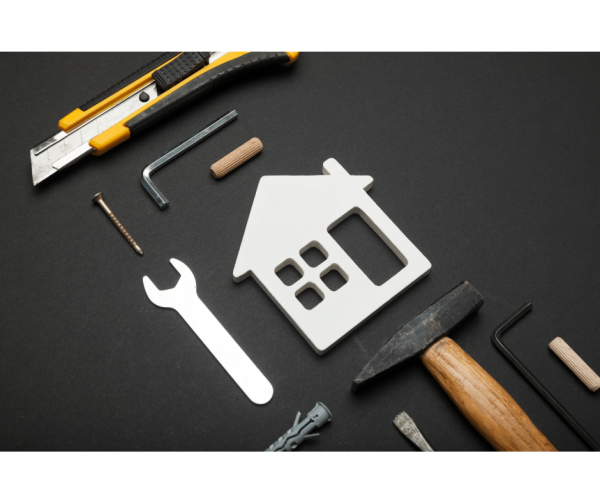Winter is Coming – Tips to Prepare Your Home for the Cold Weather
As winter approaches, we want to ensure that our tenants are comfortable, safe, and prepared during the colder months. Here are some helpful tips to get your home winter-ready:
Heating and Thermostat
- Keep your thermostat set to at least 60°F (16°C), even if you’re away, to prevent pipes from freezing.
- Test your heating system early to ensure it's working properly before the coldest days arrive.
- Check your boiler pressure – the pressure gauge should typically read between 1.0–1.5 bar when the system is cold.
- Avoid setting the thermostat too high, as heat will escape more quickly. The recommended indoor temperature is 20–22°C for comfort and efficiency.
Water and Pipes
- Let faucets drip: On very cold nights, a slow drip can help prevent pipes from freezing.
- Insulate exposed pipes in unheated areas such as lofts, basements, or garages.
- Check your stopcock: Usually located under the kitchen sink or where the water pipe enters your home. Make sure it turns easily and works properly — this will help you quickly stop water flow in case of a burst pipe.
- Keep drains clear: Pour household drain cleaner down plugholes occasionally, and avoid letting fat or food scraps go down kitchen sinks.
- Open cabinet doors: Under sinks, especially those on exterior walls, to allow warm air to circulate around the pipes.
Mould and Condensation
- Cooking: Cover pans and reduce heat when boiling food. Use an extractor fan or open a window or trickle vent to let steam escape.
- Drying clothes: Hang clothes outside or in a well-ventilated room. If indoors, open a window slightly — avoid drying clothes directly on radiators.
- Bathing and showers: Ventilate the bathroom by opening a window or turning on the extractor fan.
- Air circulation: Leave gaps between furniture and walls to allow air to flow freely. Avoid placing sofas or wardrobes directly against walls.
- Ventilation: Open windows or trickle vents regularly to refresh the air. Consider using a dehumidifier or moisture traps to reduce dampness.
- Don’t block vents or radiators — keep them clear of furniture and rugs to maintain proper airflow.
- Wipe away condensation from windows and walls to prevent mould. If you spot mould, clean it with diluted bleach or mould remover.
- Let in sunlight: Keep blinds or curtains open during the day to help warm rooms naturally, and close them at night to retain heat.
- Gutters: Check and clear gutters to prevent blockages and leaks caused by built-up debris.


 by
by 



Share this with
Email
Facebook
Messenger
Twitter
Pinterest
LinkedIn
Copy this link